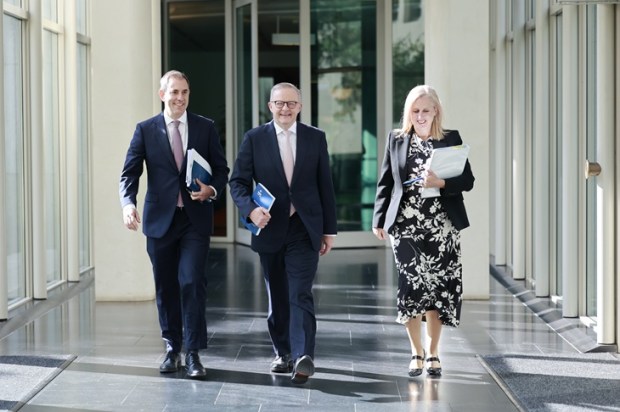A recent report by the Centre for Policy Development (CPD) outlines a proposal to effectively remake the childcare sector in the mould of the public school system. This would be a huge mistake.
The core of their proposal is to make childcare universal and free (or nearly free), with increased government funding being tied to increased government control. The imagined benefits fall into two categories – improved early learning for children, and greater workforce participation from parents helping to boost GDP and tax revenue.
Sounds great, but those conclusions rest on two crucial assumptions that are highly questionable.
The first assumption is that a large government-run system will necessarily be higher quality than a competitive and decentralised system. It is not obvious that public schools are always and everywhere better than private schools, and nor is it obvious that public schools always provide high-quality education. Most evidence points in the opposite direction. Funnelling children into a government childcare system that mimics the public school system is a high-risk gambit, and we cannot blithely assume that more government control necessarily means better outcomes.
The second implicit assumption in the CPD report relates to the thorny question of how parents should raise their children. The report is right to suggest that some children may benefit from spending more time in childcare and less with their parents – but that is certainly not true for everybody. Likewise, it’s probably true that some parents would prefer to spend more time earning money and less time looking after their children – but again, that is not true for everybody.
For many families, pushing the children into government-managed care while pushing parents into the workforce will not improve their quality of life.
It is true that such an approach will bump up the official GDP statistics and raise more tax revenue for the government, but that should not be the primary goal of childcare policy. Higher GDP is only a good thing if it improves the lives of normal people. That is true if the GDP growth comes from higher productivity but not necessarily true if it comes from pushing people to work ever-more and ever-harder.
The recent policy fixation with ‘workforce participation’ is misguided. Decisions about work-life balance and workforce participation are inherently personal, with each family balancing the benefits and costs for their own situation. The government should not be artificially increasing or decreasing participation. People are not widgets to be rearranged by planners for the purpose of maximising tax revenue.
There is a better option. The current system does need reform, but the answer is to be found in empowering parents rather than the bureaucracy.
The existing Child Care Subsidy (CCS) should be replaced with a regular payment directly to parents. Consistent with the CPD proposal, there should be no activity test on the child benefit, so that it goes to all parents regardless of their work situation.
(Whether the benefit is universal or means-tested is a conversation for another day, and needs to be considered in the context of broader tax/transfer reform.)
This proposal helps to separate two issues that are often conflated – government funding and government control.
The great advantage of government is their access to an eye-watering amount of money, and therefore their capacity to direct that money towards specific causes. This does not imply that the government is necessarily good at running those causes, and indeed the lesson of the 20th Century is the exact opposite.
There is widespread support of government funding for raising children. Fair enough. That doesn’t mean we should necessarily embrace a one-size-fits-all solution of only funding government-controlled childcare. The more obvious and effective solution is to directly fund parents, and then allow them to make their own decisions about how to raise their children.
Many parents will use that money to continue accessing childcare, and that is a perfectly fine outcome.
Other parents may use the money to look after their children in other ways, and that also should be considered a perfectly acceptable option. That money could be used directly by the parents to raise their children, or could be shared with grandparents and extended family to assist with childcare, or could be used to hire nannies or tutors, or combined with other like-minded parents to form a co-op, or any other approach that may work for each family.
The increased choice would ensure better outcomes for most children and parents. That should be the goal of childcare policy, rather than trying to nudge parents back into the workforce to artificially inflate the taxable economy.
Dr John Humphreys is the Chief Economist for the Australian Taxpayers’ Alliance.

























